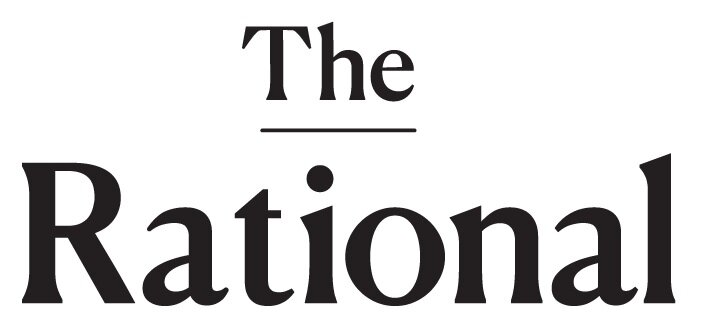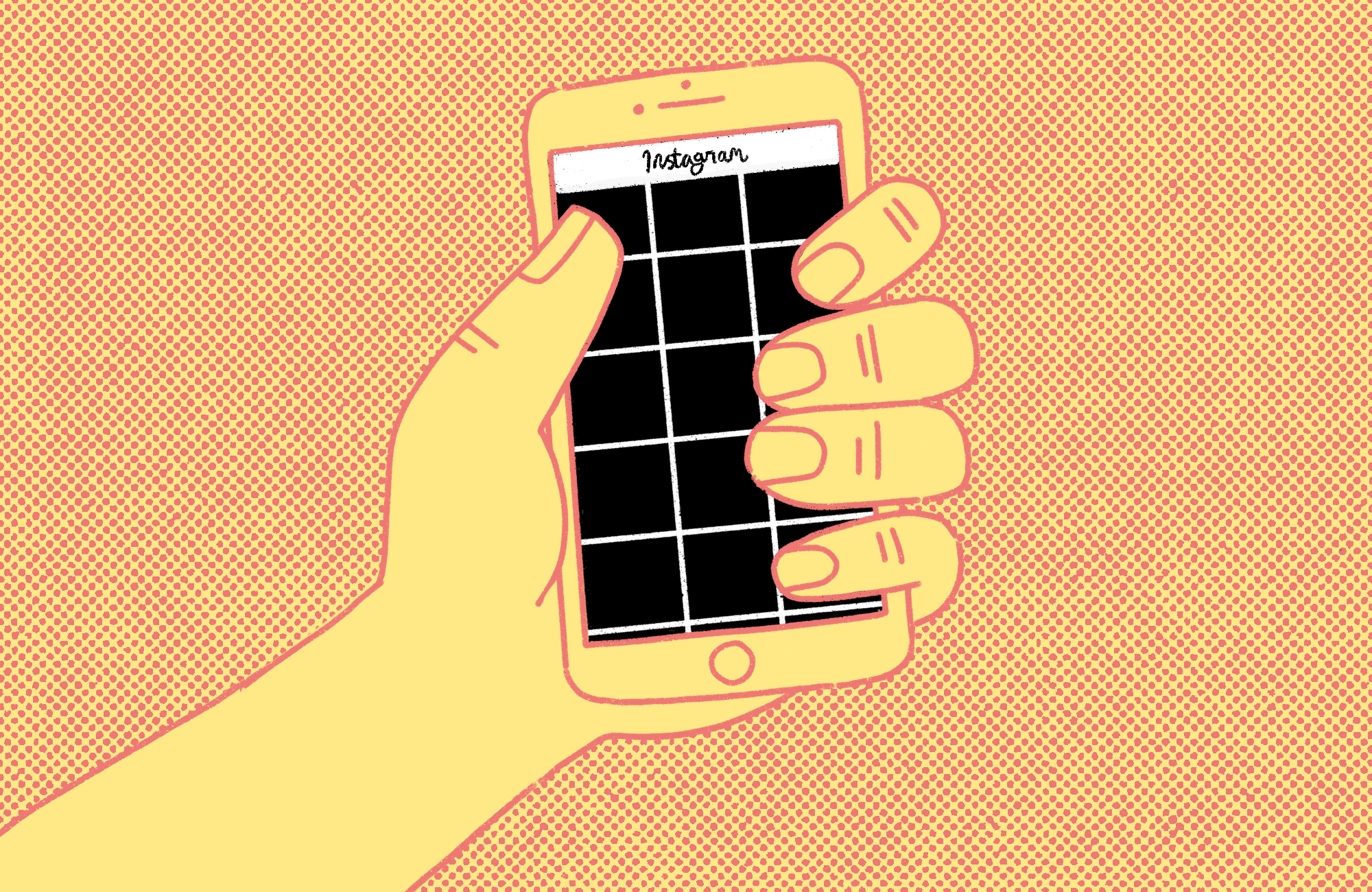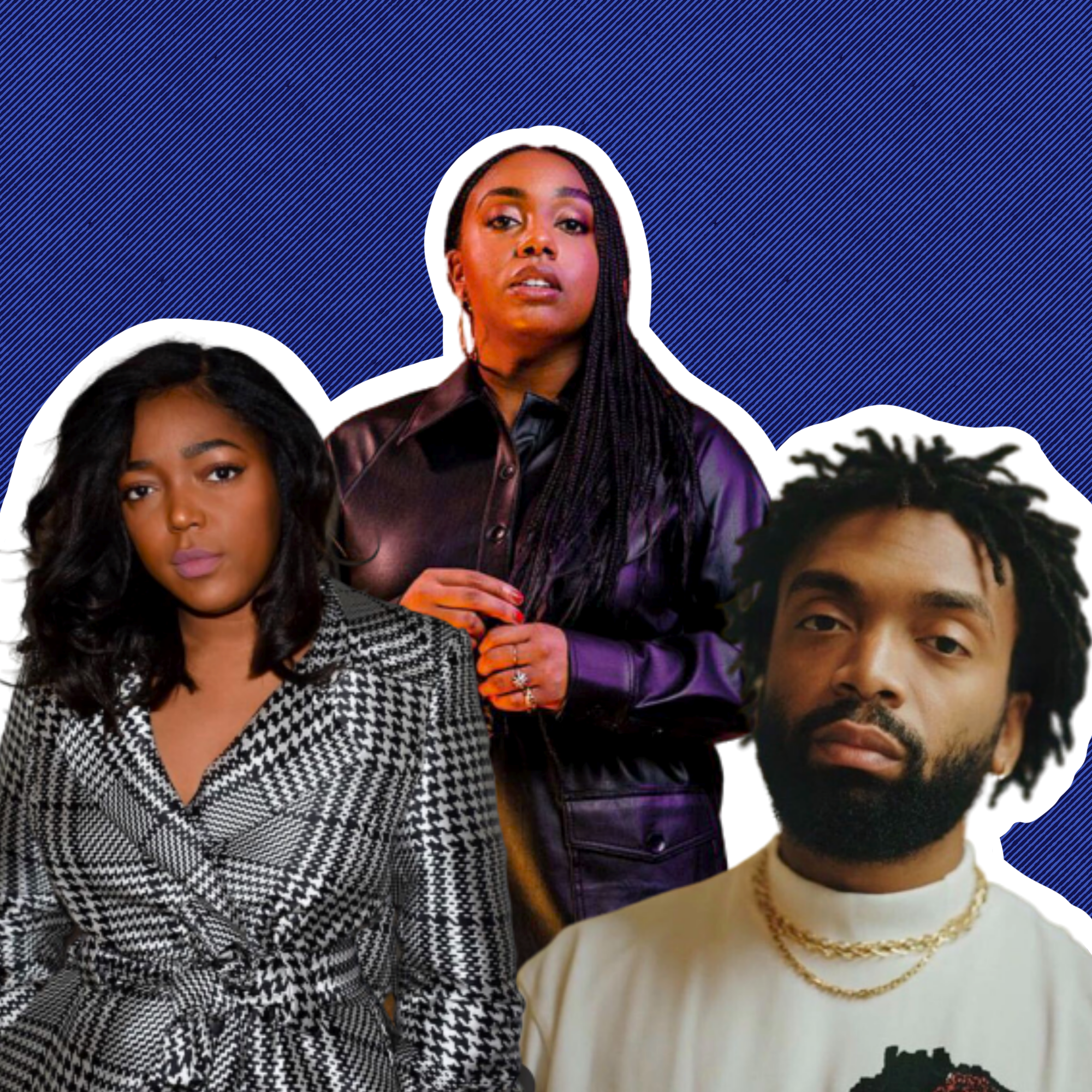“Emily in Paris” Represents a New Breed of Commodity TV
The show embraces millennial fantasy and taps into a quarantine-induced need for sex and travel, but at what cost?
Photos: Courtesy of Netflix
Already renewed for a second season, Netflix’s latest viral offering, “Emily in Paris,” has swept the internet off its feet. The show almost immediately incited a maelstrom of commentary, criticism, and memes upon its release. The majority of responses on social media seemed to couple disdain with affection. Meanwhile, cultural critics were less forgiving: The @everyoutfitonsatc team called it “heterosexual propaganda,” while The Cut deemed it “so ugly, so earnest!”
Was half-hearted vitriol the unintended result of a big-budget show with bad writing and a trickled-down “Sex and the City” wardrobe? I don’t think so. “Emily in Paris” was perfectly and intentionally constructed to generate the exact response it received. It decisively combined the North American fantasy of Paris with the equally appealing millennial fantasy of a well-paying job and a senior role before the age of 30. Add in a rolodex of hot, sexually available French men sprinkled in via cliché sitcom dramatics and voila: a charcuterie board that balances sweet aestheticism with sour plot devices. Entertaining? Yes. Accurate? Obviously not.
In reality, both Emily and Paris are fantasy objects. The Paris depicted in the show doesn’t exist and neither does she. How do I know this? Because I, too, am an American millennial who lives in Paris. That’s right, I’m Emma in Paris and I’m here to ruin everything.
Not actually, though. I didn’t come here to shit all over the show, easy target as it is. Nor did I come here to tell you what the real Paris is because “Emily in Paris” is, en fait, is worthy of critical engagement. The show — which Twitter recently learned is supposed to be pronounced like “Emily in Par-ee” — follows Emily (Lily Collins), a twenty-something from Chicago who moves to Paris to integrate a French luxury marketing firm recently acquired by her company. Speaking no French, she is generally resented by her colleagues who are less than pleased at the prospect of welcoming an American into their midst. Emily spends her free time nurturing her surprisingly paltry Instagram following and flirting with her hot neighbor (Lucas Bravo). Emily is determined to make her life in Paris work. She is also determined to be as annoying as possible at all times ensuring that none of us watching feel too jealous of her implausible success. The show is transparently formulaic, and its coding shows us what is intoxicating to Western audiences at this particular moment and why.
When I first moved to Paris in 2017, I was broke and working 60 hours a week writing copy for a tourism company to afford my stupid little existence. Every B2B article we produced mythologized Paris as an epicenter of fine leather goods, Michelin star restaurants, and Instagram photo ops. (I once had to write an article about where to take engagement photos that coincidentally led you into the city’s largest shopping center.) Every time I hit send on another 1,000 words of SEO-optimized propaganda, I wondered how anyone could take this seriously. Who would mistake these articles for anything other than cheap marketing collateral that have little to do with Paris and everything to do with encouraging you to drop €500 on a Longchamp bag?
“Emily comes to Paris to live in her delusion of the city, a delusion specifically designed for her and many other wealthy, white American women.”
Emily’s Paris is familiar in that it’s a fantasy that has been constructed by marketing goons like myself to promote European tourism by preying on your desire for romance, luxury, and cultural capital. Even if you’ve never been to Paris, it’s probably evident that Emily’s experience there is not realistic. Her life in Paris is filled with high-profile events, expensive clothes, and an unending stream of hot available men dying to wine and dine her, not to mention a host of terrible clichés about Parisians and the city itself. Emily comes to Paris to live in her delusion of the city, a delusion specifically designed for her and many other wealthy, white American women.
The show’s purely fantastical creation isn’t apparent to me just because I’m an American in Paris. It’s clear from the first time she dons a pair of stilettos in a city that requires you to walk everywhere that this is no one’s life. Forgoing realism almost entirely, “Emily in Paris” is skillfully concocted to feed a post-quarantine need for travel, champagne, and sex while also giving us a common punching bag to laud online, inadvertently marketing the show to everyone within tweet range.
You may see the show and think, “Wow did they get it wrong,” but all of the show’s seeming incongruities were likely carefully selected and arranged to elicit the kinds of mixed reactions seen at The Cut and elsewhere. You can watch and be intoxicated by shots of the Seine and Lucas Bravo’s french Armie Hammer impersonation, or you can roll your eyes and feel superior knowing that you're watching Parisian fan-fiction. However, it’s more feasible that you do both at once, edging your way between disgust and envy, escapism and reality.
“You can watch and be intoxicated by shots of the Seine and Lucas Bravo’s french Armie Hammer impersonation, or you can roll your eyes and feel superior knowing that you're watching Parisian fan-fiction.”
The main theme of the show isn’t Paris, or romance, or a coming of age story: It’s branding. By this point, Netflix has become keenly aware of the importance of giving its audiences something to not only watch but discuss. Netflix shows like “Queer Eye” and “Selling Sunset” owe much of their success to online discourse, resulting in inadvertent promotion. As producers watch the way we engage with television on the internet, they become increasingly hip to the elements that, when collected and harmonized, create a show worthy of viral commentary. With “Emily in Paris” the formula is clear: Draw the audience in with the promise of hot people traipsing around a beautiful city, and keep them engaged by having something to make fun of on Twitter after the credits roll.
“Emily in Paris” is more commodity than show, using a ringard perspective of Paris to give its audience a false sense of superior cultural capital. The people in the writers room know that marketing jobs don’t work like that and they know that no one with a modicum of self-awareness uses social media the way Emily does. In doing so, the show brings together two audiences - those who are willing to be seduced by a marketing fantasy and those who like to think they're above it - into one audience united by the fact that they are all watching “Emily in Paris” through to the bitter end.











